Florida is projected to lose 3.5 million acres of land to development by 2070. A new study highlights how Florida can buffer itself against both climate change and population pressures by conserving the remaining 8 million acres of “opportunity areas” within the Florida Wildlife Corridor (FLWC), the only designated statewide corridor in the U.S.
Tag: Endangered Species
New Study Confirms FSC-Certified Forests Help Wildlife Thrive in the Congo Basin
a new study reveals compelling evidence that forests certified by the Forest Stewardship Council®(FSC®) in Gabon and the Republic of Congo harbour a higher abundance of larger mammals and critically endangered species, such as gorillas and elephants, compared to non-FSC certified forests. The research was led by Utrecht University with support from WWF and the Wildlife Conservation Society (WCS), and was published in Nature on 10 April 2024. It underscores the effectiveness of measures implemented in FSC-certified forest concessions to safeguard wildlife.
Counting Rays: Aerial Surveys Reveal Ample Populations in Southeast Florida
A unique long-term study quantified the abundance of whitespotted eagle and giant manta rays in Southeast Florida. Researchers conducted 120 survey flights between 2014 and 2021 from Miami north to the Jupiter Inlet. One or both species were seen on nearly every flight and both populations appear to be stable in the region. The giant manta rays were more abundant in the south and the whitespotted eagle rays were found all along the coast. Neither species seems to be deterred by the greater human population density in Fort Lauderdale/ Miami.
Tens of thousands of endangered sharks and rays caught off Congo
Tens of thousands of endangered sharks and rays are caught by small-scale fisheries off the Republic of the Congo each year, new research shows.
MSU finds genetic rescue is underused for endangered species recovery
During a recent review of the U.S. Fish and Wildlife Service’s recovery plans for more than 200 endangered and threatened vertebrate species in the United States, Michigan State University researchers made an interesting discovery.
Researchers are using monkey poop to learn how an endangered species chooses its mates
Northern muriquis, which live in the Atlantic forest of Brazil, are one of the most endangered species of monkey in the world. Choosing good mates and rearing thriving offspring are key to the species’ long-term survival.To better understand what goes on in the mating lives of muriquis, researchers at the University of Texas at Austin and the University of Wisconsin–Madison turned to the monkeys’ poop to help gain insight into how the primates choose their mates.
Xerces Blue butterfly genome sequenced, an icon of anthropogenic extinction
The Xerces Blue butterfly (Glaucopsyche xerces) was native to the coastal dunes of San Francisco, in the United States. As the city grew, much of the butterfly’s habitat was destroyed and its population was relegated to Golden Gate National Park.

Developer dollars not enough to save species
Financial payments made by land developers to offset their impacts on threatened species may fall short, according to University of Queensland-led research.
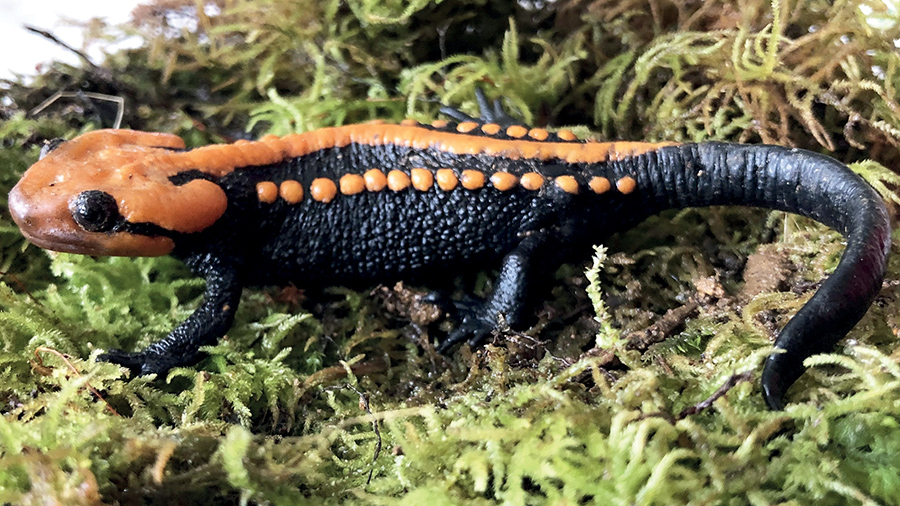
Southernmost crocodile newt record is a threatened new species
A spectacular crocodile newt from the Central Highlands of Vietnam was just published in the international peer-reviewed open-access academic journal ZooKeys.
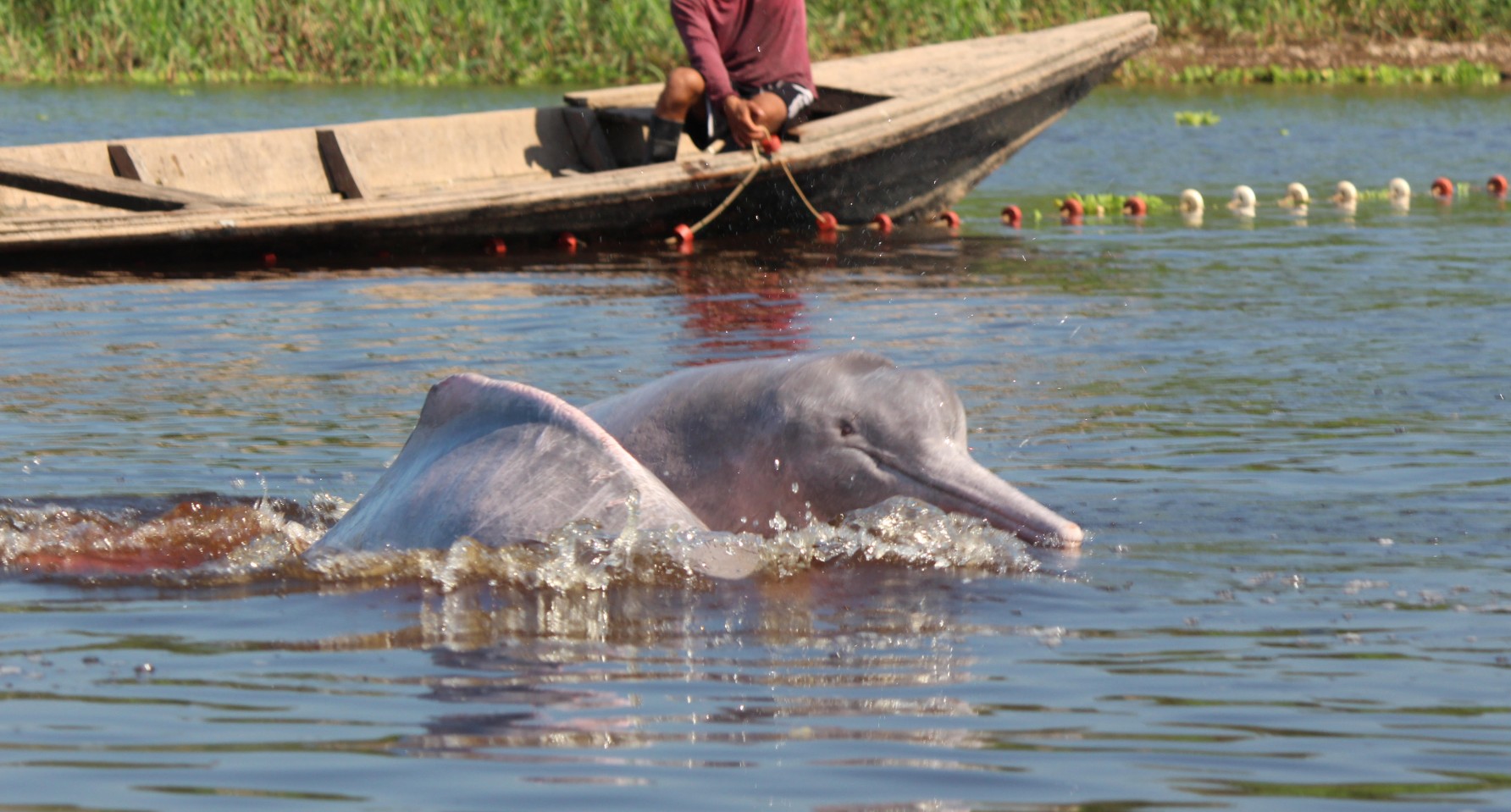
Amazon dolphins at risk from fishing, dams and dredging
Amazon river dolphins are under threat from fishing and proposed new dams and dredging, research shows. Scientists used satellite tags to track eight dolphins in the Peruvian Amazon, to discover where they went in relation to fishing areas and proposed dams and dredging sites.
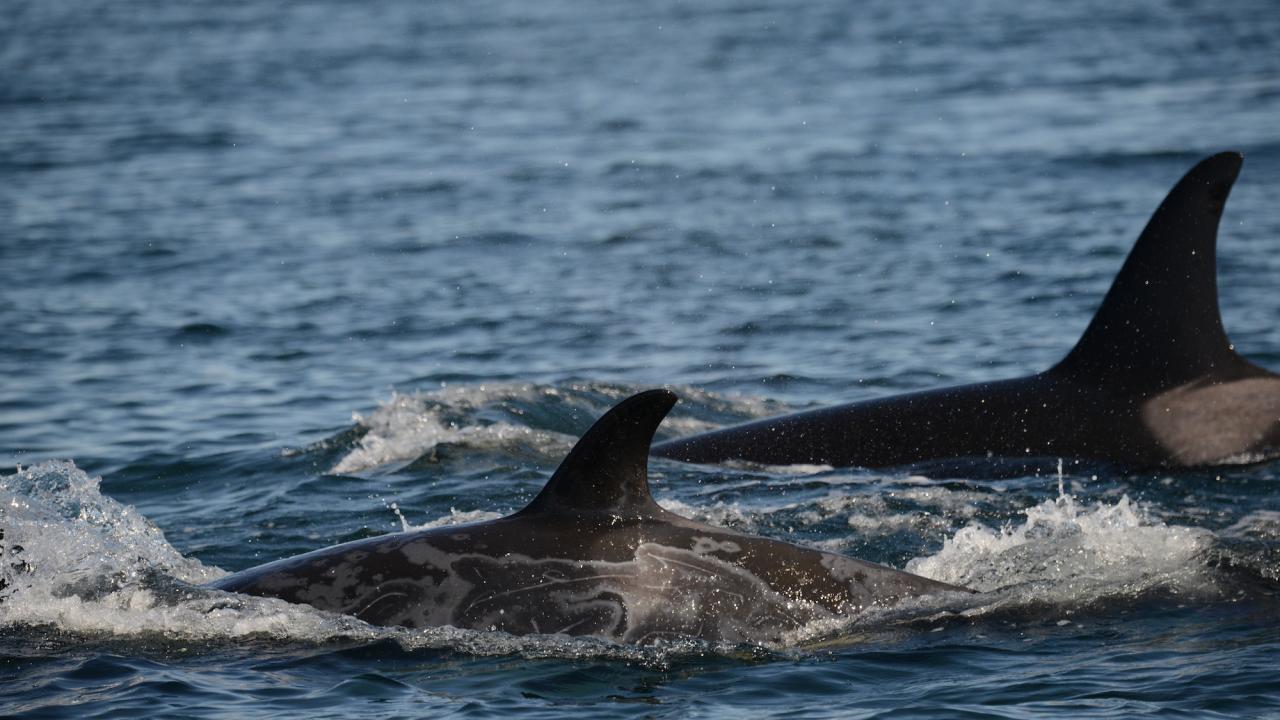
Skin disease in endangered killer whales concerns scientists
Scientists studying endangered southern resident killer whales have observed a strong increase in the prevalence of skin disease in this population.
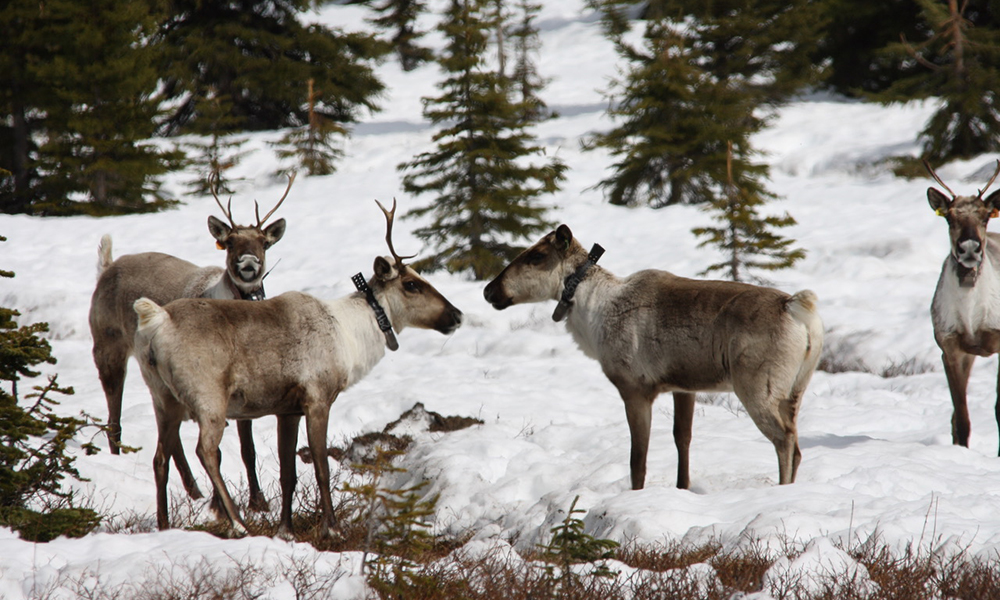
Call for Canada, US to braid Indigenous rights, endangered species laws
Climbing caribou numbers in northeastern British Columbia prove that collaborations between Indigenous and colonial governments can reverse decades-long declines, but focus needs to shift to culturally meaningful recovery targets, a consortium of researchers and community members say in a new paper published this week in Science.
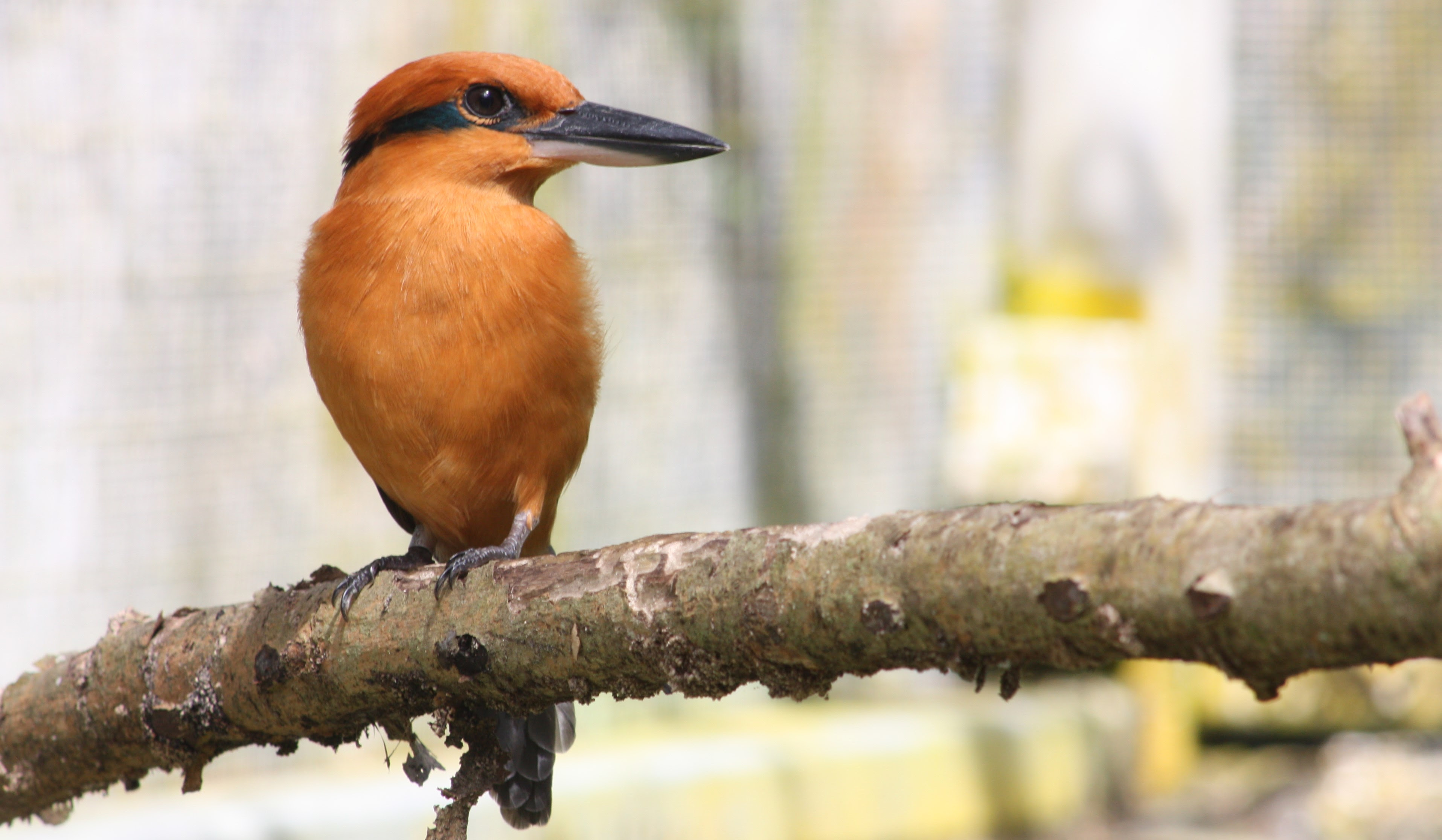
Science can prevent extinctions for species on the brink of death
New research examining the perilous state of dying species calls for urgent international conservation efforts to develop unified management plans that could help plants and animals return from the brink of extinction.
Scientists find world’s oldest European hedgehog
The world’s oldest scientifically-confirmed European hedgehog has been found in Denmark by a citizen science project involving hundreds of volunteers.
Rates of hatching failure in birds almost twice as high as previously estimated
Hatching failure rates in birds are almost twice as high as experts previously estimated, according to the largest ever study of its kind.
New Critical Period of Embryonic Sex Determination in Sea Turtles Identified
A study shows that the temperature of the incubation environment could influence the sexualization of the gonads (reproductive organs) in sea turtles earlier than what is currently recognized. Researchers developed a new way to integrate the effect of thermal fluctuations on embryonic sex determination and predict sex ratios with much better accuracy than prior models. By measuring the strength of masculinization or feminization of temperatures using novel parameters, they have uncovered how temperature-sensitive sex determination works. These findings could be similar for other reptiles with temperature-dependent sex determination because similar molecular determinants and enzymatic mechanisms are at play.
Forensics used to reverse the decline of biodiversity in Europe
Staffordshire University is contributing forensic intelligence to an ambitious project which aims to protect endangered species like wolf, bear, lynx, and sturgeon in remote areas of Europe.
Protecting and connecting nature across Europe
The Horizon Europe NaturaConnect Project will support European Union governments and other public and private institutions in designing a coherent, resilient and well-connected Trans-European Nature Network.
New species of owl discovered in the rainforests of Príncipe Island, Central Africa
A new species of owl has just been described from Príncipe Island, part of the Democratic Republic of São Tomé and Príncipe in Central Africa.
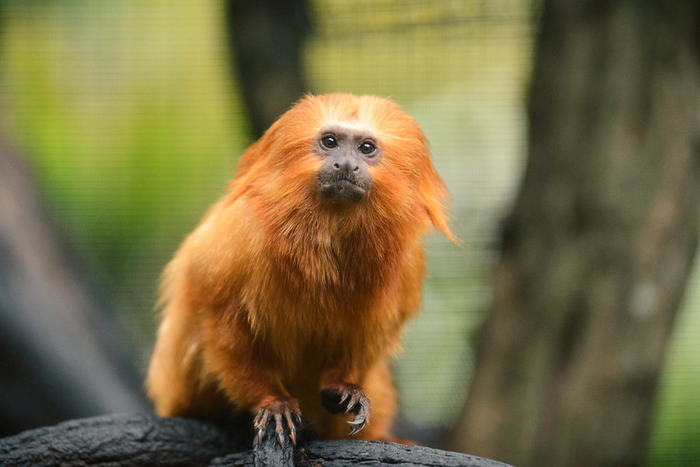
Action needed to avoid mass extinction, say global team of experts
“Biodiversity loss is one of our biggest environmental challenges in the world, probably more important than climate change.
Study Finds Why Baby Leatherback Marine Turtles Can’t ‘See the Sea’
For most sea turtles, the journey to find the ocean from their nests is pretty straightforward. However, leatherback hatchlings more often crawl around in circles trying to find the ocean. Circling delays their entry into the ocean, wastes energy, and places them at greater danger from natural predators. Under different moon phases: bright light during full moon and only starlight under new moon, researchers have a better understanding of why this circling behavior happens and why it is most commonly observed in leatherbacks.
Striking new snake species discovered in Paraguay
A beautiful non-venomous snake, previously unknown to science, was discovered in Paraguay and described by researchers of the Paraguayan NGO Para La Tierra with the collaboration of Guyra Paraguay and the Instituto de Investigación Biológica del Paraguay.
Threatened South American coati found roaming in a large city
You may assume that metropolitan areas are devoid of wildlife, but that is very far from the truth.
Rare, endangered insects and spiders illegally for sale online
Endangered and threatened insects and spiders, as well as common species that provide valuable ecological services, can be easily purchased – without adequate oversight – through basic internet searches, according to a new Cornell University study.
‘Whoop’ – New Autonomous Method Precisely Detects Endangered Whale Vocalizations
One of the frequently used methods to monitor endangered whales is called passive acoustics technology, which doesn’t always perform well.
Warming Atlantic drives right whales towards extinction
Warming oceans have driven the critically endangered North Atlantic right whale population from its traditional and protected habitat, exposing the animals to more lethal ship strikes, disastrous commercial fishing entanglements and greatly reduced calving rates. Without improving its management, the right whale populations will decline and potentially become extinct in the coming decades, according to a Cornell- and University of South Carolina-led report in the journal Oceanography.
Hunting, hidden deaths led to estimated 30% reduction in Wisconsin’s wolf population
About 100 additional wolves died over the winter in Wisconsin as a result of the delisting of grey wolves under the Endangered Species Act, alongside the 218 wolves killed by licensed hunters during Wisconsin’s first public wolf hunt, according to new research. A majority of these additional, uncounted deaths are due to “cryptic poaching,” where poachers hide evidence of illegal killings.
Antelope’s fate shrouded by social, political forces
The story of efforts to conserve the endangered oribi in South Africa represent a diaspora of issues as varied as the people who live there.
Biodiversity ‘Hotspots’ Imperiled along California’s Streams
A study of woodland ecosystems that provide habitat for rare and endangered species along streams and rivers throughout California reveals that some of these ecologically important areas are inadvertently benefitting from water that humans are diverting for their own needs. Though it seems a short-term boon to these ecosystems, the artificial supply creates an unintended dependence on its bounty, threatens the long-term survival of natural communities and spotlights the need for changes in the way water is managed across the state.
If I never knew you: Australian reptiles highlight urgent need for taxonomic research in the fight against biodiversity loss
New research published in PLOS Biology emphasizes the importance of prioritizing taxonomic research in conservation, with biodiversity loss greater than realized due to the high number of unknown and undocumented species. Jane Melville, senior curator of terrestrial vertebrates at Museums Victoria and associate professor in the School of Biological Sciences at Monash University, led the collaborative research effort as part of a Fulbright Fellowship at Washington University in St.
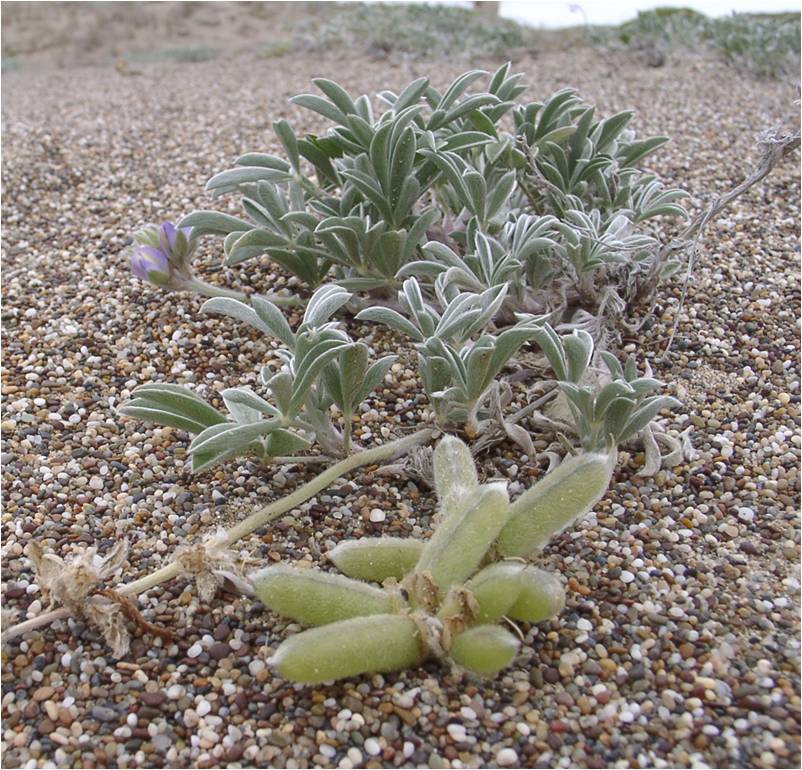
Coastal lupine faces specific extinction threat from climate change
Climate change is altering the world we share with all living things. But it’s surprisingly difficult to single out climate change as an extinction threat for any one particular species protected under the Endangered Species Act. To date, the U.S. Fish and Wildlife Service has only formally considered impacts from climate change in listing actions for four animal species and one alpine tree.
Weakened protections led to more disappearances of endangered Mexican wolves
Mexican wolves in the American Southwest disappeared more quickly during periods of relaxed legal protections, almost certainly succumbing to poaching, according to new research published Wednesday.
Rutgers Expert Available to Discuss Record Year for Bald Eagles in N.J.
New Brunswick, N.J. (Jan. 13, 2021) – Rutgers University–New Brunswick ecologist Michael C. Allen is available for interviews on the record year for bald eagles in New Jersey. “The resounding return of bald eagles in North America has been especially strong…

Endangered Juvenile Smalltooth Sawfish Found in St. Lucie River
Scientists tagged and released a young, rare female smalltooth sawfish — a significant step for sawfish research and recovery efforts in Florida. The 10-year acoustic tag is a major milestone in providing crucial capacity to tell where these mysterious and endangered fish are headed in the future.
Investment in conservation efforts needs to be stepped up
An international consortium of scientists has conducted a global review of area-based conservation efforts, including both protected areas and other effective area-based conservation measures.
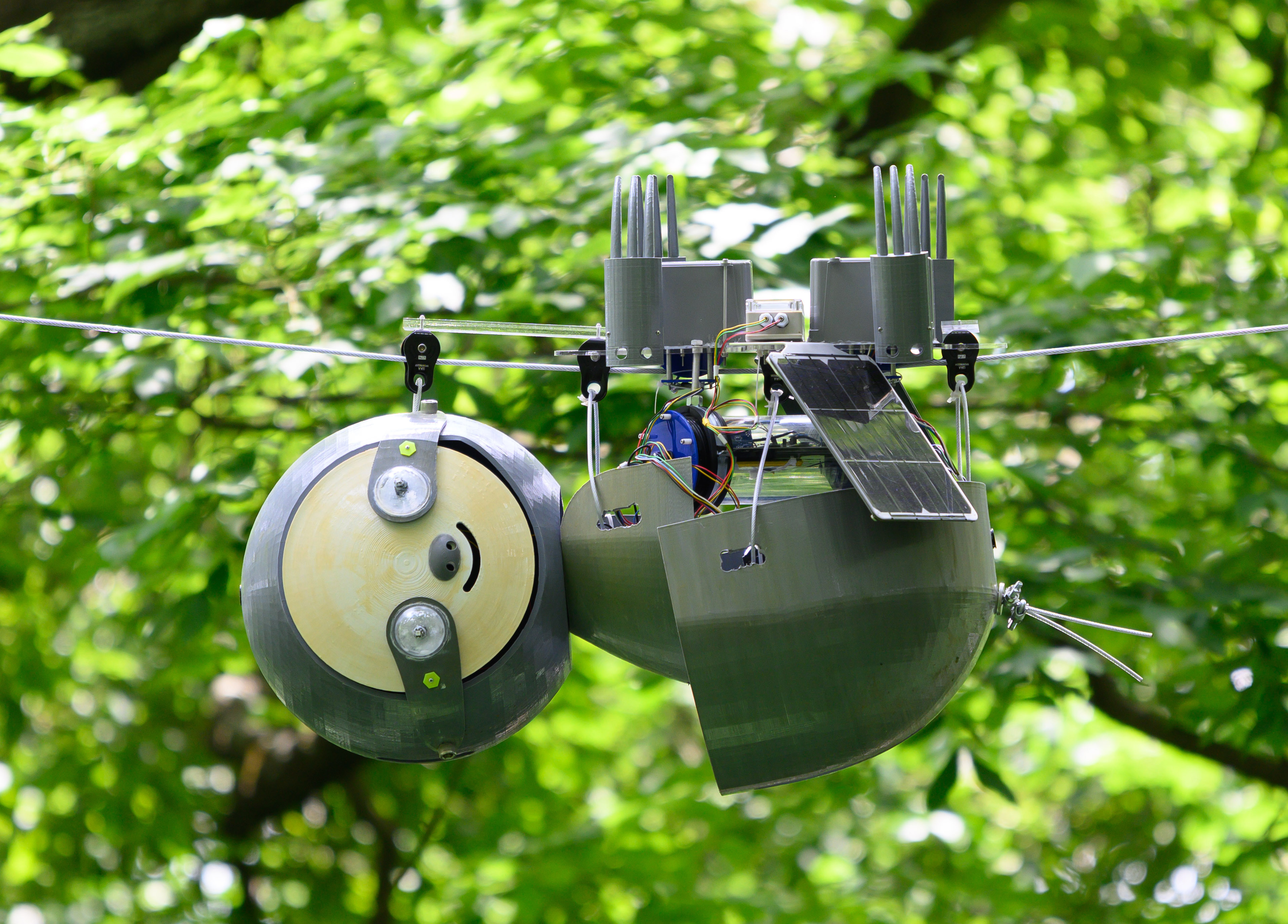
‘SlothBot in the Garden’ Demonstrates Hyper-Efficient Conservation Robot
For the next several months, visitors to the Atlanta Botanical Garden will be able to observe the testing of a new high-tech tool in the battle to save some of the world’s most endangered species. SlothBot, a slow-moving and energy-efficient robot that can linger in the trees to monitor animals, plants, and the environment below, will be tested near the Garden’s popular Canopy Walk.
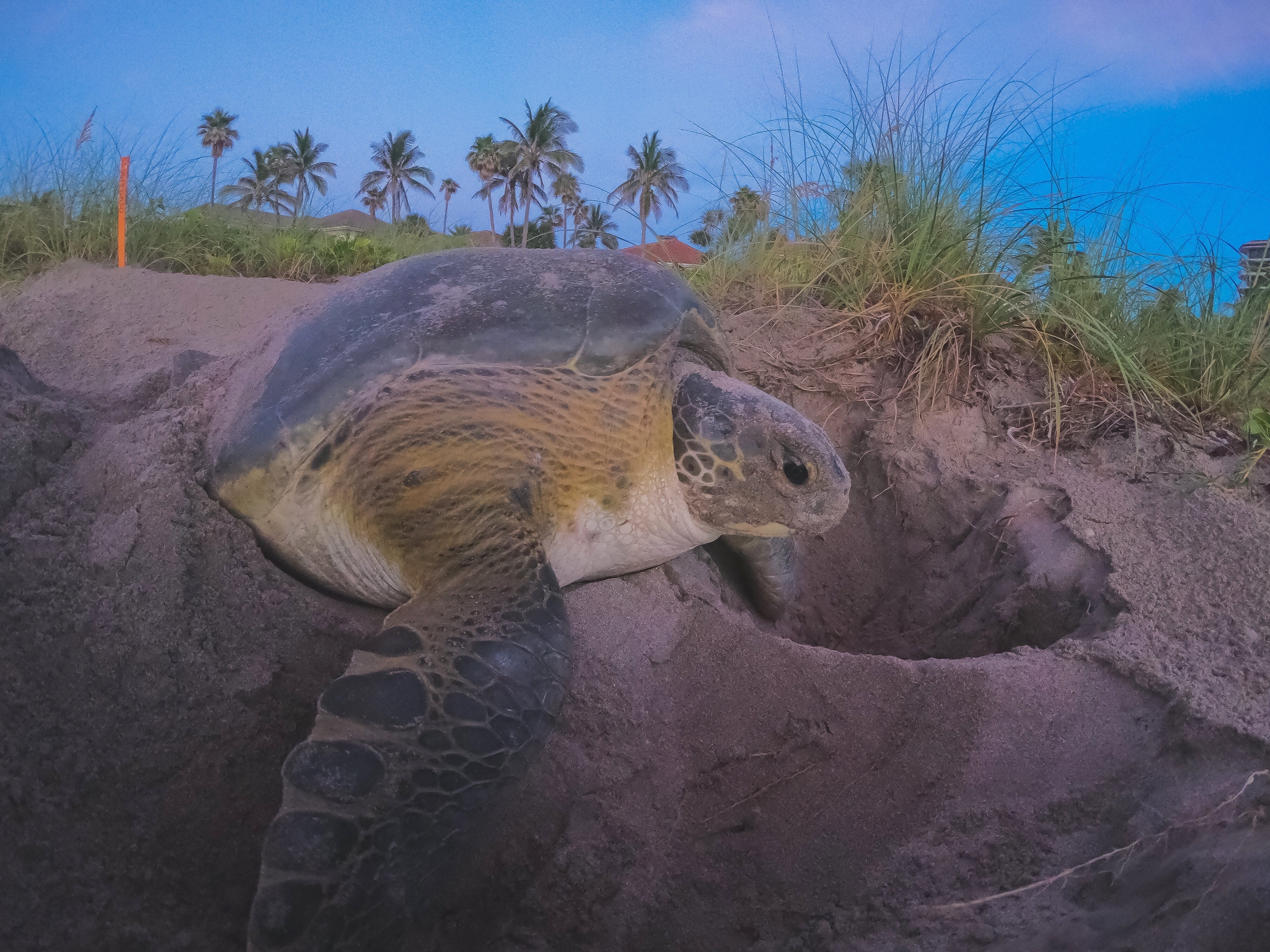
World’s Most Complete Health Analysis of Nesting Sea Turtles Conducted in Florida
The most comprehensive health assessment for a green turtle rookery in the world to date is providing critical insights into various aspects of physiology, biology, and herpesvirus epidemiology of this nesting population. Findings are hopeful for this population of green sea turtles in southeastern Florida, offer important data on the profile of health for future comparative investigations, and suggest that viruses are endemically stable in this nesting population.

Hydrologists show environmental damage from fog reduction is observable from outer space
A study led by ecohydrologists at IUPUI is the first to show it’s possible to use satellite data to understand how fog reduction from climate change is harming vegetation in ecologically rare regions.
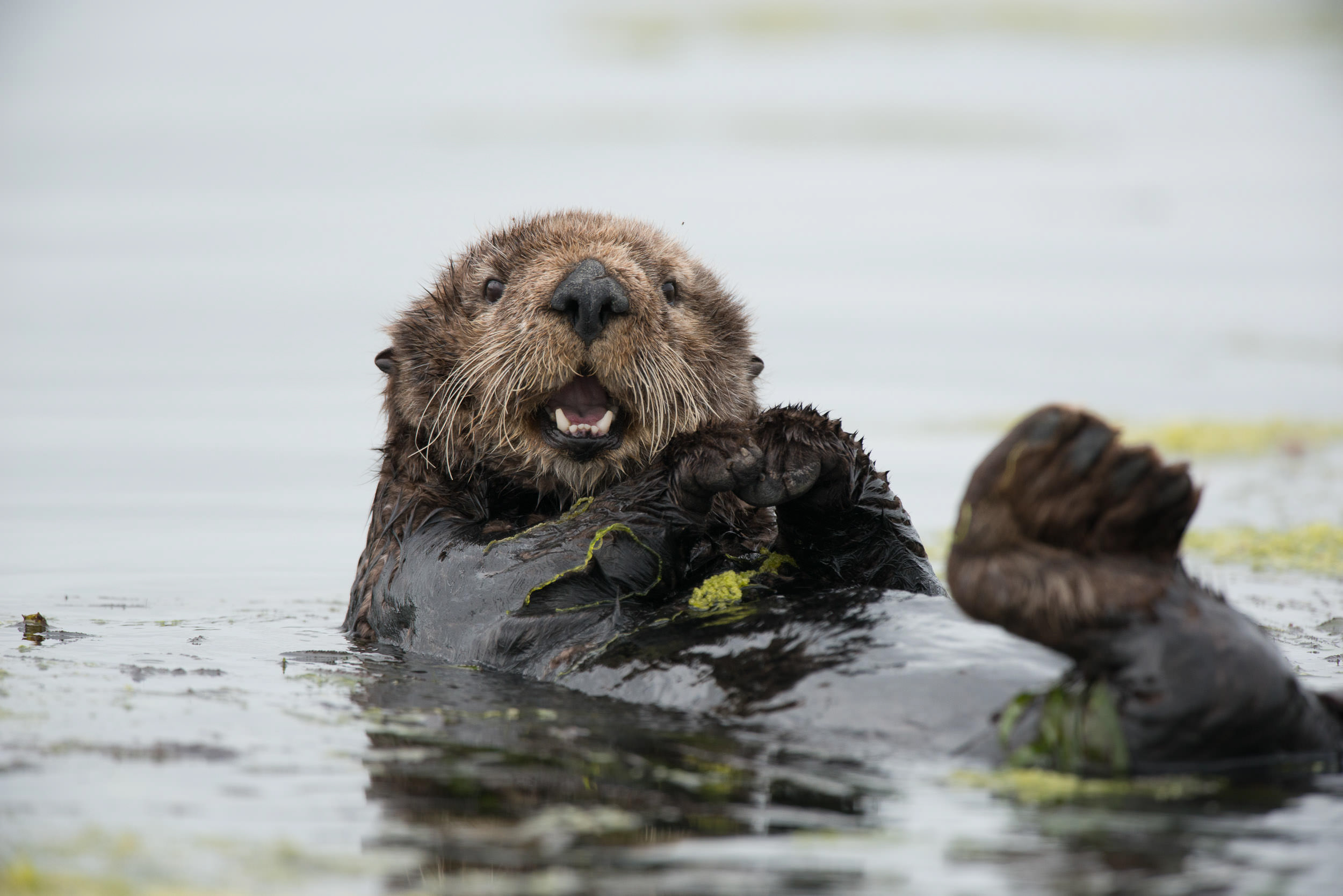
Share the Planet: Protecting California’s Wildlife
See how the CSU is helping preserve California’s wildlife as threats to their habitats continue to grow.

North Atlantic right whales are in much poorer condition than Southern right whale
New research by an international team of scientists reveals that endangered North Atlantic right whales are in much poorer body condition than their counterparts in the southern hemisphere.
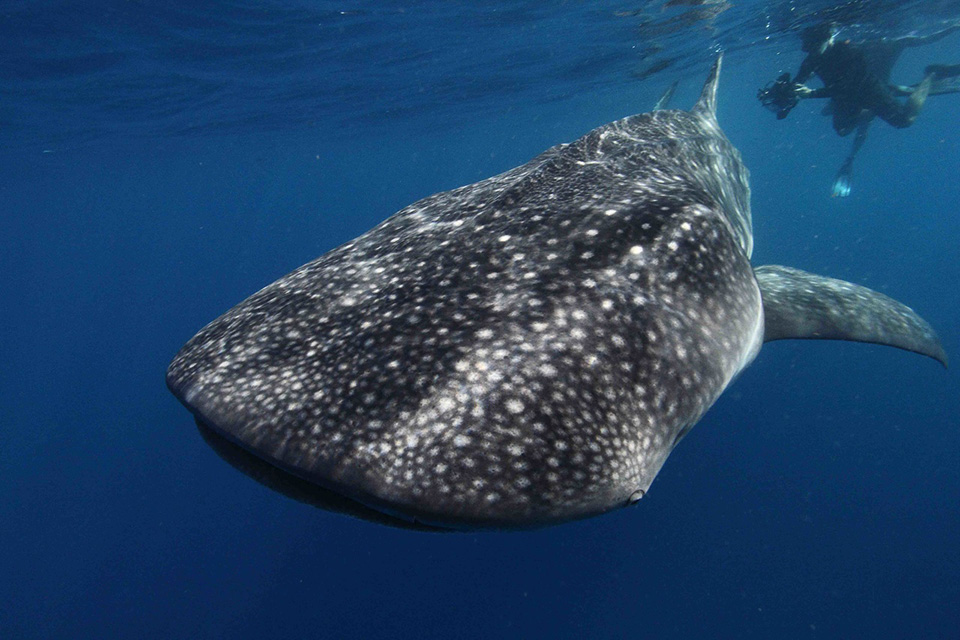
How Old are Whale Sharks? Nuclear Bomb Legacy Reveals Their Age
Nuclear bomb tests during the Cold War in the 1950s and 1960s have helped scientists accurately estimate the age of whale sharks, the biggest fish in the seas, according to a Rutgers-led study. It’s the first time the age of this majestic species has been verified. One whale shark was an estimated 50 years old when it died, making it the oldest known of its kind. Another shark was an estimated 35 years old.
Federally protected lands reduce habitat loss and protect endangered species, study finds
Habitat loss for imperiled species in the U.S. was found to be more than twice as great on non-protected private lands than on federally protected lands. The study shows that federal land protection and endangered species listings are effective tools for stemming losses in species habitat.
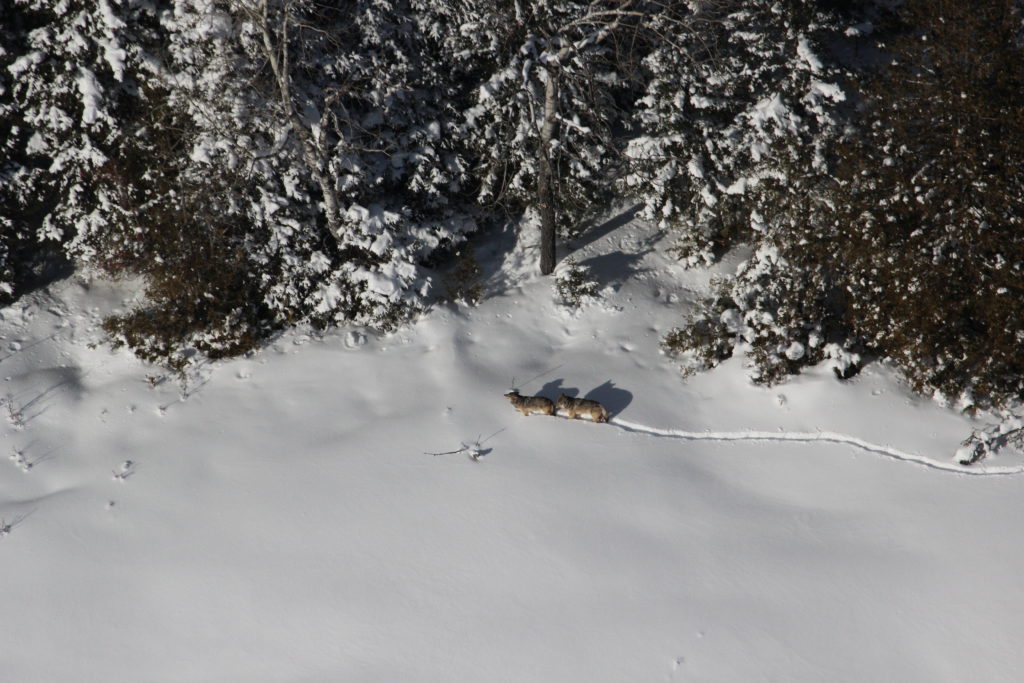
What Is An Endangered Species?
What makes for an endangered species classification isn’t always obvious.
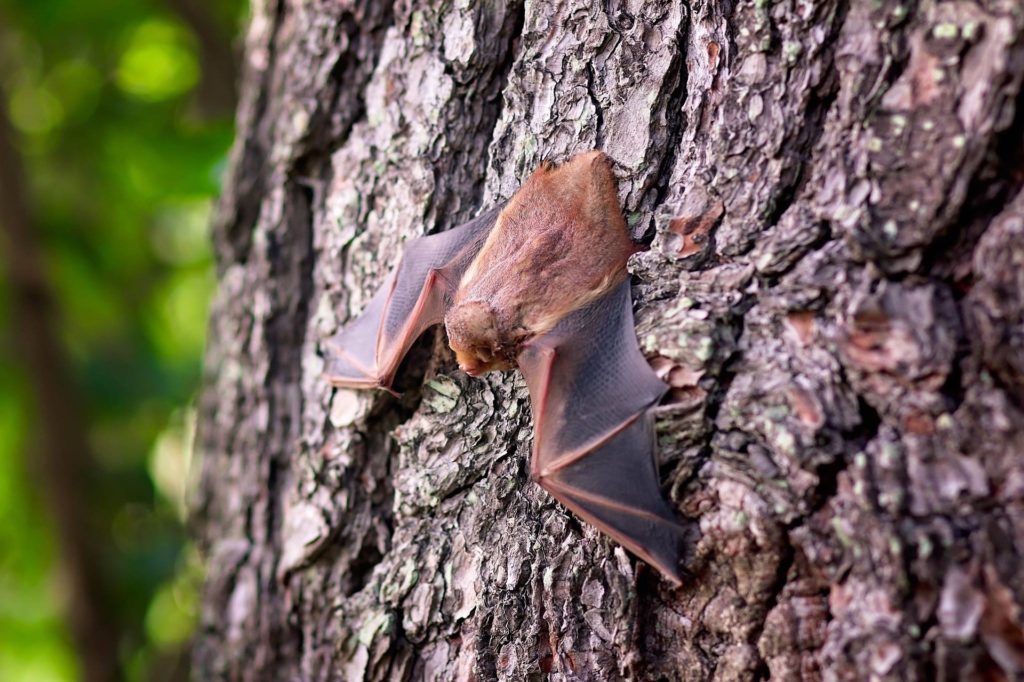
Researchers show noise pollution is threatening the survival of a number of species
Researchers from Queen’s University Belfast have found noise pollution is threatening the survival of more than 100 different species.

Abandoned Chernobyl villages could save a rare species
According to a research team at the University of Georgia, abandoned dwellings in the Chernobyl Exclusion Zone provide shelter for an endangered equine species and a resource for conservationists who want to ensure their survival.
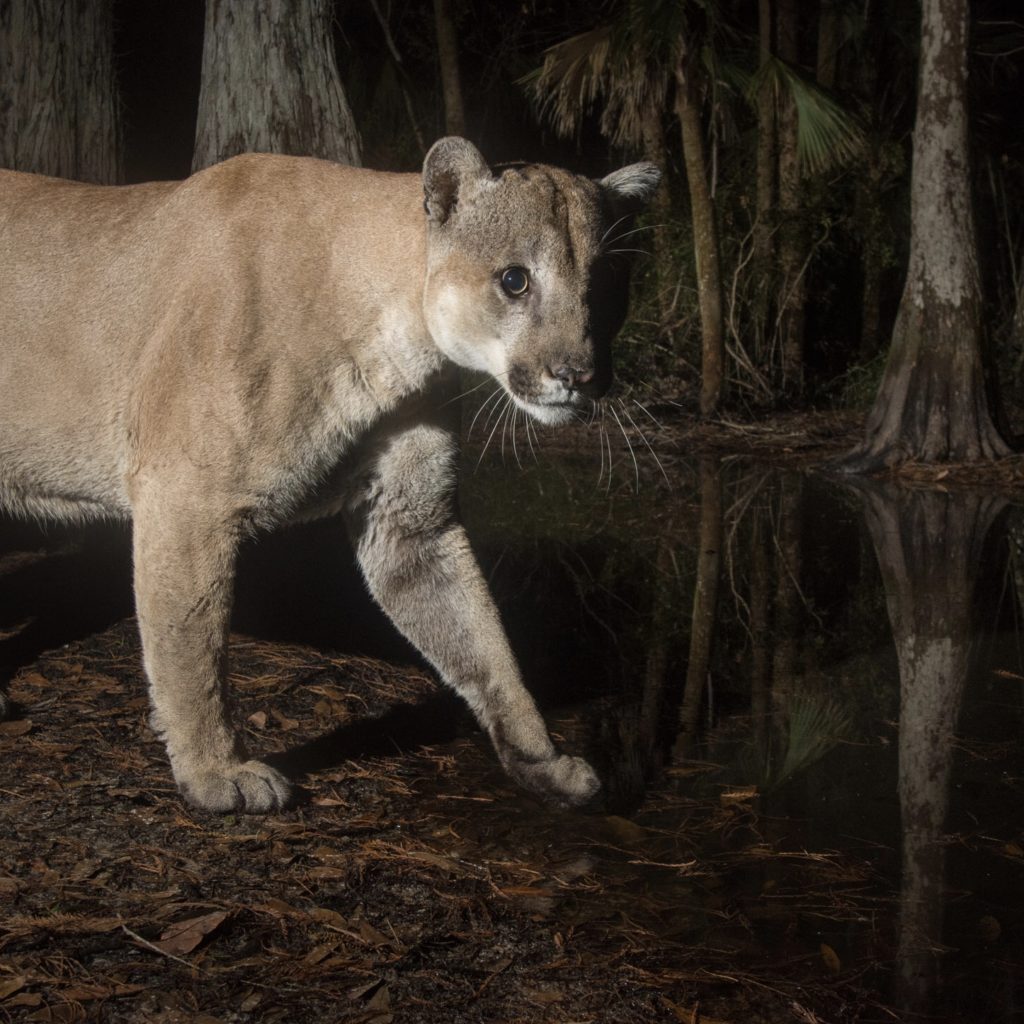
How the Texas puma saved the Florida panther
Scientists have pieced together the first complete picture of the Florida panther genome – work that could serve to protect that endangered population and other endangered species going forward.
MSU CONSERVATION AND BUSINESS RESEARCHERS PARTNER TO DISRUPT WILDLIFE TRAFFICKING
A team of conservation and supply chain experts will merge datasets, comb through logistical networks, leverage local partnerships and use advanced analytics to predict and respond to weaknesses in illegally trafficked wildlife supply chains.
Rutgers Expert Can Discuss Indonesian Fires Threatening Orangutans
New Brunswick, N.J. (Sept. 23, 2019) – Rutgers University–New Brunswick Professor Erin R. Vogel, an expert on endangered orangutans, is available to comment on tropical forest fires threatening the Tuanan Orangutan Research Station in the Mawas Conservation Area on the…